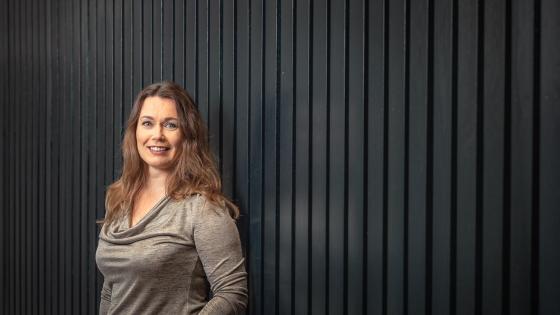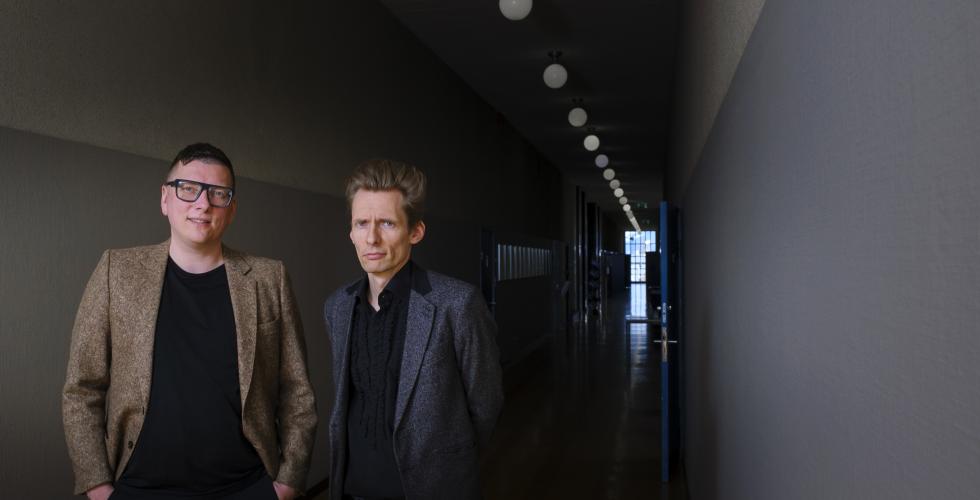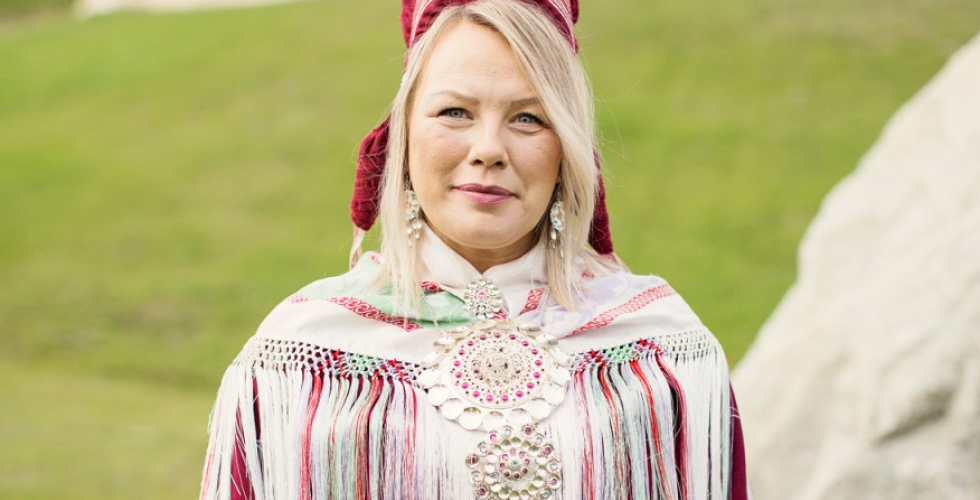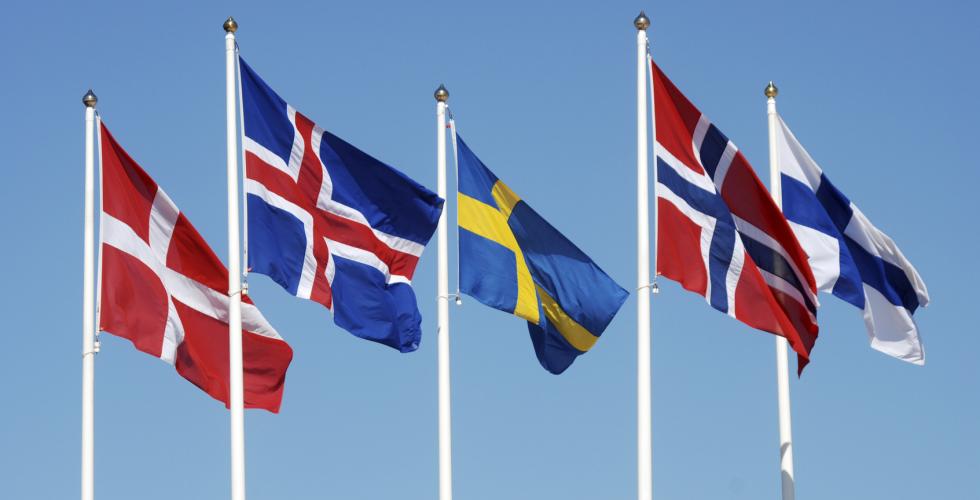Equality research in the Arctic overlooks local conditions
There are major socio-cultural differences between the north and south, according to researcher Mervi Heikkinen. Many students in Northern Sweden, Norway and Finland are the first in their family to pursue higher education.
A recent literature review shows that research on gender equality and equality in general from the Arctic universities in Norway, Sweden and Finland does not address local conditions to any extent.
“We need more context-specific knowledge,” says Mervi Heikkinen, researcher at the University of Oulu in Finland.
According to Heikkinen, who is also head of the network Gender in the Arctic Knowledge Production, very little attention is paid to Sami identity and culture in gender equality research at Arctic universities.
The literature review also shows that few previous studies discuss other distinctive factors, such as the fact that many students and employees in Arctic academia are the first in their family to take higher education, what are known as first-generation students.
“Arctic Six”
The University of Oulu (Uleåborg in Swedish) in Finland is a member of the Arctic Six – an alliance of universities in the north – together with UiT The Arctic University of Norway, the University of Lapland, Luleå University of Technology, Umeå University and Nord University (see fact box).
Gender researchers from the initial five universities attended a workshop in 2021 organised by the Arctic Five collaboration, as it was called before Nord University joined the alliance in 2024.
“The aim was to explore intersectional gender equality at the Arctic universities: what research had been conducted, and to what extent research on gender equality had included intersectional perspectives?”
Intersectional perspectives often involve looking at how factors such as gender, social background and ethnicity may be interconnected.
The result of the network meetings was a literature review published in the journal NORA – Nordic Journal of Feminist and Gender Research.
Emphasise management and academic careers
One of the main findings was that research at the Arctic universities often addresses equality in fairly general terms.
“Thus far, research has focused on gender equality and gender balance,” says Heikkinen.
The articles address topics such as academic careers, management, change initiatives, discrimination and entrepreneurship.
“This research is useful because it provides an overview of key challenges in the sector,” says Heikkinen.
However, the literature review’s findings indicate that it lacks intersectional perspectives. Gender is also often framed as binary: Only men and women are mentioned, with other gender identities being left out.
Ethnicity, for example, is hardly mentioned. The review also makes little reference to indigenous background, socio-economic background and region.
“A long way from the capital”
“It's a long way from Oulu to Helsinki,” Heikkinen points out and adds:
“The socio-cultural context is very different.”
The researcher notes that the northern part of Norway, Sweden and Finland is often described as a region with a strong masculine legacy, dominated by industries such as agriculture, forestry, fisheries, reindeer husbandry and mining.
“And that is evident at the universities?”
“Yes, definitely. Many local men don’t regard the universities as an attractive option, while women often see them as more interesting,” she replies.
Despite this, the heads of research groups and institutes are still predominantly men, emphasises Heikkinen.
Another notable feature is that many students are the first in their family to pursue higher education.
“The high proportion of first-generation students at universities is very specific to the culture of the north.”
Excellent research community
When it comes to research on gender equality in academia, one Arctic university stands out with the most articles: the University of Umeå. Fifteen of the 24 articles included in the review were Swedish – 11 from Umeå and 4 from Luleå.
“This is the result of targeted resources, such as earmarked funding for doctoral degrees and a strong support system for gender research,” says Heikkinen.
Umeå University is one of three Swedish research communities designated a Centre of Gender Excellence by the Swedish Research Council. According to the university, the Gender Research School has produced 79 PhDs since its establishment in 2007.
“Every doctoral thesis is obviously not about equality in academia, but some are. Our Arctic Six universities lack this capacity,” she says.
Publication and funders rule
For Heikkinen, the Umeå example shows how targeting resources for gender research can generate more knowledge about equality and diversity at universities.
“Both through equality research and by educating professionals and researchers who can conduct gender analyses,” she says.
“But you also highlight the lack of local context as a challenge. Why do you think that is?”
“Publication channels are probably part of the explanation: what kind of article you have to write to get published, what kind of references you need, and how manuscripts are assessed through blind peer reviews,” Heikkinen replies.
“Can universities outside the Arctic also take something away from this?”
“Yes. As knowledge producers, researchers need to be more aware of local voices and issues. Through their mission to serve society, research institutions should find ways to support small communities and local challenges.”
Heikkinen also calls out research funders:
“They must recognise ethnic and regional diversity so that the northernmost universities are also awarded resources to produce knowledge that is relevant to them.”
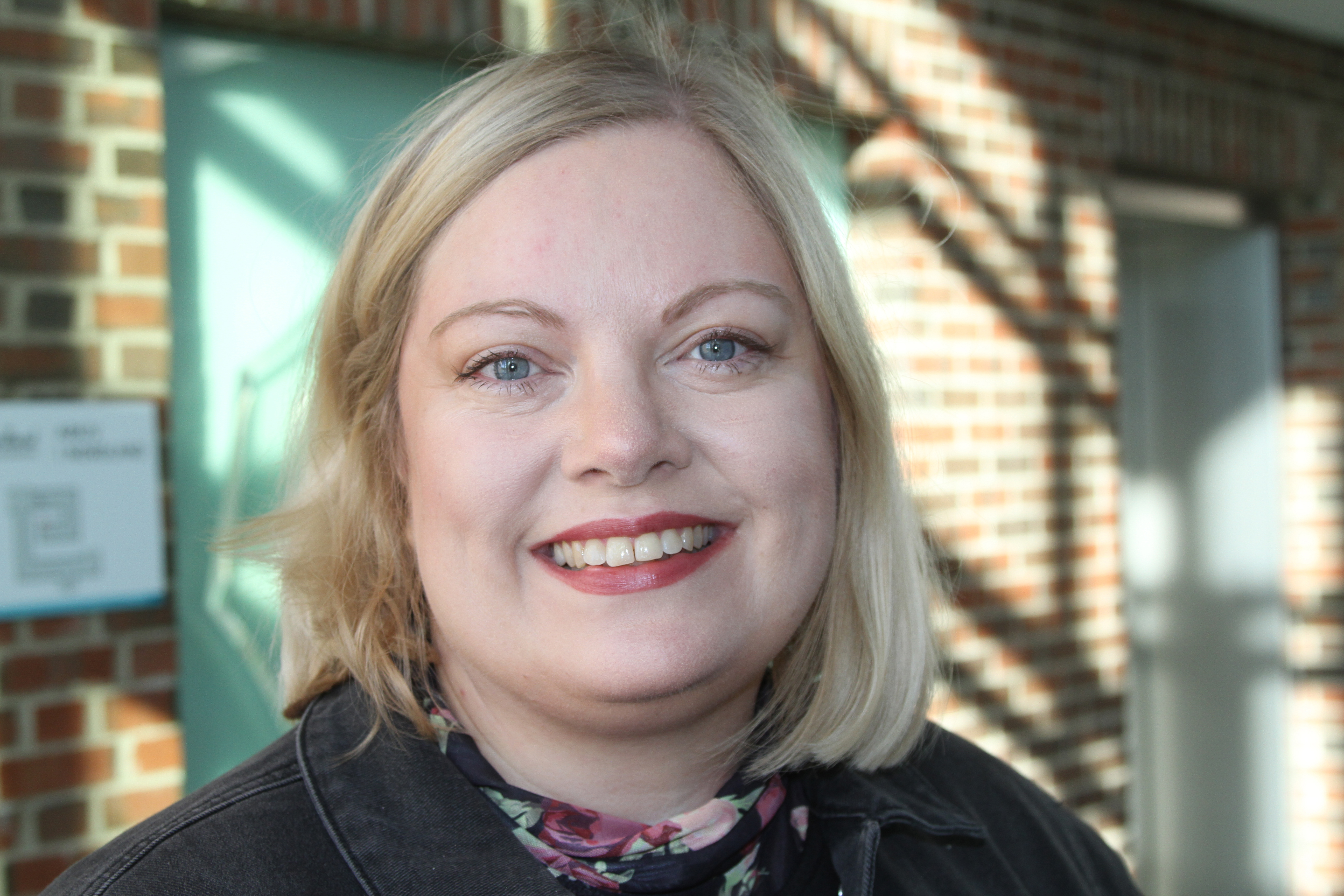
Sami perspectives gaining ground
Astri Dankertsen is a professor at the Faculty of Social Sciences at Nord University and has researched gender in the context of Sami and indigenous culture. A lack of indigenous perspectives is one of the challenges identified in the literature review.
Dankertsen doesn’t seem surprised:
“I think this primarily has to do with the fact that Sami gender research in general is a very small but growing field of research, and that there has been little interaction between Sami research and gender research,” she writes in an email.
She emphasises that Sami research has rarely included gender perspectives and gender researchers, and that gender researchers have rarely included Sami research and Sami perspectives.
“This is starting to change though,” she says.
“The BALANSE programme, which aims to ensure gender equality in higher education, has thus far largely only included gender and women’s perspectives,” Dankertsen elaborates.
Dankertsen is a member of the Portfolio Board for the Research System at the Research Council of Norway, which provides strategic advice and allocates funding across sectors. She explains that the Sami perspective was first included in the Research Council’s BALANSE programme (Programme on Gender Balance in Senior Positions and Research Management) last year.
“It’s not that long ago either that the programme began including diversity as a concept, like ethnicity, and to award funding to projects that also work for diversity in academia, beyond pure gender balance,” she concludes.
Translated by Totaltekst.
The article Intersectional Gender Equality Challenges – A Review of Gender Equality Research Conducted in Fennoscandian Arctic Academia was written by Anna Reetta Rönkä, Britt-Inger Keisu, Sofia Kari, Kirsti Lempiäinen, Lilli Mittner, Lena Abrahamsson & Mervi Heikkinen (2025), researchers in the Arctic Six Gender Scholars’ Network and published in NORA – Nordic Journal of Feminist and Gender Research.
The study is based on a literature review of research on gender (in)equality or equality in general in academia from five of the Arctic Six universities in Norway, Sweden and Finland. A total of 24 peer-reviewed articles were included, most of them published after 2010.
The review shows that the research often discusses gender equality in general terms, and that it rarely addresses local conditions, such as Sami experiences and first-generation students.
The Gender Scholars’ Network from the six northernmost universities in Norway, Sweden and Finland conducted the literature review published in NORA.
The Gender Scholars’ Network at the Arctic universities:
- Established informally through cooperation between researchers at Oulu, Lapland, Umeå, Luleå and UiT.
- Has developed digital courses for students and conferences on intersectional gender equality.
- Currently part of the University of the Arctic’s Gender in the Arctic Knowledge Production network.
Arctic six:
- Alliance between six Arctic universities in Norway, Sweden and Finland.
- Together, the universities have a total of 10,000 researchers and 90,000 students.
- Collaborate on education, research and innovation to support development of the Arctic as a sustainable region.
- A6 also serves as a regional centre for the international UArctic network.
- Its members: Luleå University of Technology, UiT The Arctic University of Norway, Umeå University, University of Lapland, University of Oulu (Uleåborg) and Nord University.
Source: Nord university
Mervi Heikkinen hopes that Sámi allaskuvla (Sámi University of Applied Sciences) in Kautokeino will be included in the future, so that the alliance expands to become the “Arctic Seven”.
